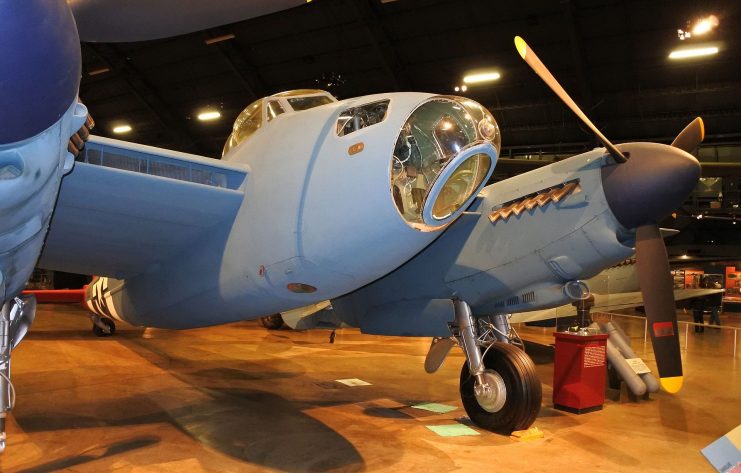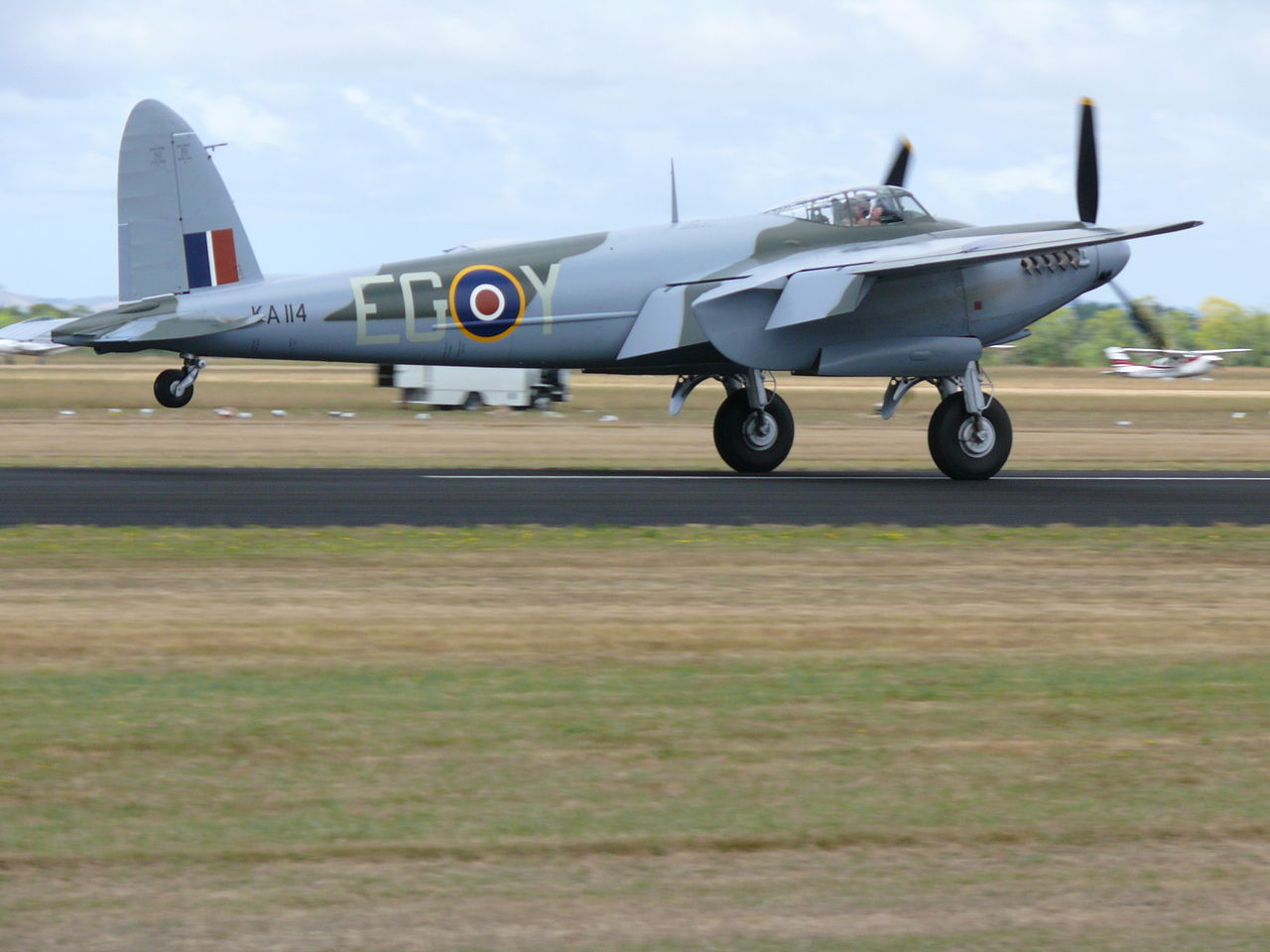If a group of British volunteers are successful, a Mosquito bomber could be flying over Great Britain by 2023.
The De Havilland Mosquito bomber was used by the Royal Air Force in World War II. The wooden plane was designed to be so fast that it did not require any armor and little defensive mechanisms of any kind.
There are three existing Mosquitos that are able to fly but they are all owned by US and Canadian owners. There are no working Mosquitos in Great Britain. The last one in the country crashed 22 years ago, killing both the pilot and the navigator.
A team in Leicestershire is building a new bomber they call the People’s Mosquito. They are building it from scratch using 22,500 original blueprints.

The group has joined forces with the aircraft reconstruction company Retrotec and expect to be done in just four years.
When the Mosquito was built, it was one of the fastest planes in the world. It could reach speeds of over 400 miles per hour.
Airbus has provided the group with the 22,500 drawings. The team is using a Mosquito that crashed at RAF Coltishall in Norfolk in February of 1949 as their base.
The wingspan was 54 feet 2 inches. The range was 1,485 miles. Thirty-five variations of the plane were manufactured during its life.
Wood was used for the plane because aluminium was scarce during the war. Additionally, carpenters, cabinet-makers and factories could be used to help in production since they were already capable of working with wood.
#MossieMonday Here’s an https://t.co/T35sQM1T5r of the famous Banff Strike Wing of #CoastalCommand Note the 3″ RP’s with 25lb armour-piercing heads. Please support @PeoplesMosquito & #Retrotec build a #Mossie https://t.co/T35sQM1T5r in #Britain, see https://t.co/DYwLJpkSqb pic.twitter.com/Vftc7C3IFJ
— G. Ross Sharp ✈️ (@GRossSharp) August 27, 2019
According to the chairman of the People’s Mosquito Project, John Lilley, this will be the first Mosquito built in the United Kingdom in 70 years.
Originally intended for surveillance, the Mosquito’s speed was soon seen as a quality that could be used in combat and it was pressed into service as a bomber and fighter. The designer of the plane, Geoffrey de Havilland, believed that the plane was so fast there was no need to armor it.
It took just one year to design and the maiden flight in 1940. Production continued from 1940 until 1950.
7,781 Mosquitos were produced and used by the air forces of the UK, US and Russia. The final mission in which Mosquitos were used was a hunt for German submarines in 1945.
Hermann Göring, the war-time aviation minister for the Third Reich, was said to be so jealous of the Mosquito he called his own designers “nincompoops” in comparison to the British who had managed to use piano factories and abundant materials to build effective planes.
Lilley said that many people have said that they are excited about the project. Because production took place throughout Britain and so many different industries came together to build the plane, there are many people whose parents or other relatives were involved in building the original planes.
Private donations are funding the project along with fundraising efforts and corporate sponsorship.
Another Article From Us: 10 Shermans Go Into Restoration. A Wheatcroft Collection Update
The project intends to display the plane at exhibitions and flying displays. They want to use it to educate future generations about the unique design and engineering methods used in the Mosquito and about its importance in the war effort.
They would also like to use the plane to honor everyone who “designed, built, flew and maintained” the plane.
